ASTROSAT is India's first dedicated multi-wavelength astronomy mission. It was launched on September 28, 2015, into a near-Earth, equatorial orbit. ASTROSAT carries five instruments covering the visible (320–530 nm), near UV (180–300 nm), far UV (130–180 nm), soft X-ray (0.3–8 keV and 2–10 keV), and hard X-ray (3–80 keV and 10–150 keV) regions of the electromagnetic spectrum.
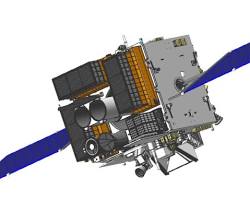
The five instruments on ASTROSAT are:
• Ultraviolet Imaging Telescope (UVIT): UVIT performs imaging simultaneously in three channels: 130–180 nm, 180–300 nm, and 320–530 nm.
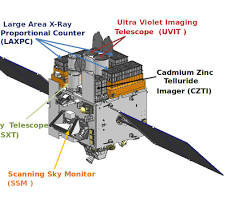
• Soft X-ray Telescope (SXT): SXT uses X-ray reflecting mirrors and an X-ray CCD for imaging and spectral studies in 0.3–8 keV and 2–10 keV.
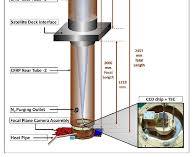
• Large Area X-ray Proportional Counter (LAXPC): LAXPC has three identical gas detectors with a total effective area of 8000 cm2. It is used to study the variability of X-ray sources.
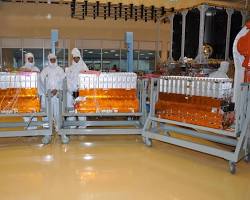
• Cadmium–Zinc–Telluride Imager (CZTI): CZTI is a hard X-ray imaging telescope with a coded mask. It is used to study the spectroscopy and polarization of X-ray sources.
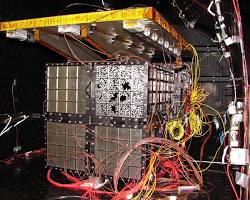
• Scanning Sky Monitor (SSM): SSM is an all-sky monitor for detecting and monitoring transient sources and for follow-up studies of known X-ray sources.
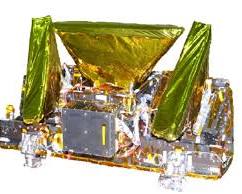
ASTROSAT has made significant contributions to our understanding of the universe in a variety of areas, including:
• Black holes: ASTROSAT has been used to study black holes in a variety of environments, including active galactic nuclei, binary systems, and microquasars. For example, ASTROSAT discovered the first black hole in the Milky Way galaxy that is actively feeding on gas from a companion star.
• Neutron stars: ASTROSAT has been used to study neutron stars in a variety of environments, including supernova remnants, pulsars, and X-ray binaries. For example, ASTROSAT discovered the first neutron star in the Milky Way galaxy that is surrounded by a disk of debris.
• Galaxies: ASTROSAT has been used to study galaxies in a variety of environments, including clusters, groups, and isolated galaxies. For example, ASTROSAT discovered the first galaxy in the distant universe that is forming stars at a very high rate.
• Stars: ASTROSAT has been used to study stars in a variety of evolutionary stages, including young stars, main sequence stars, and evolved stars. For example, ASTROSAT discovered a new class of variable stars that are thought to be driven by magnetic fields.
ASTROSAT is a powerful tool for astronomical research, and it is continuing to make new and exciting discoveries about the universe. It is a truly unique and powerful telescope, and it is providing astronomers with a new perspective on the universe.